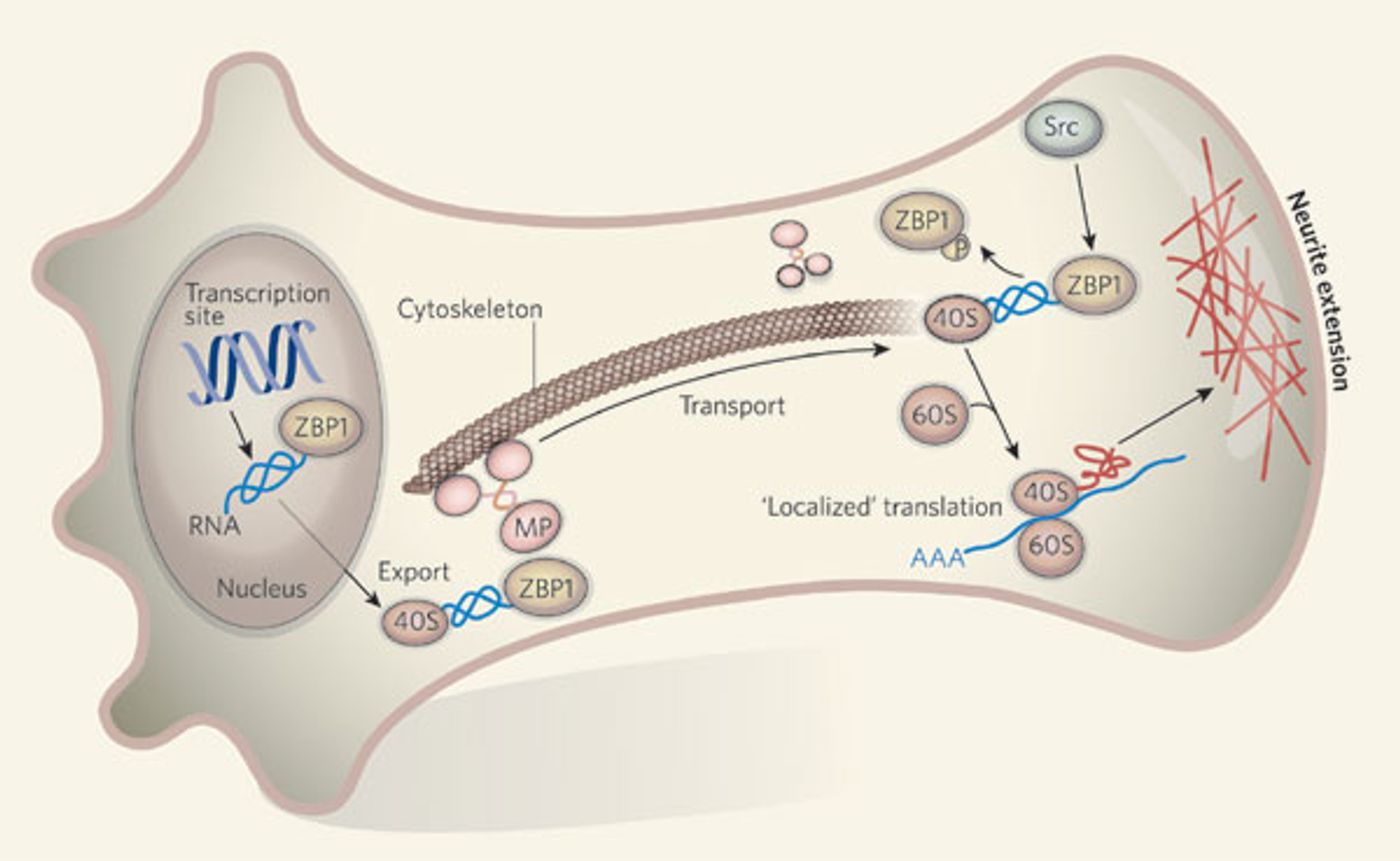Sometimes the immune system can react too strongly to influenza infections and cause lethal complications of pneumonia. Researchers from St. Jude Children’s Research Hospital are on the hunt to prevent this from happening, and they’ve made some amazing molecular discoveries about the innate immune response in the process.
The key discovery the researchers made in this study was the the role of viral sensor ZBP1 in the innate immune system’s ability to recognize and target invading flu virus. In theory, new drugs could modulate ZBP1’s action to balance the reaction of the immune system so it’s strong enough to kill infected cells and control the infection without causing too much inflammation and cell death that would lead to pneumonia.
Viral infections are different from bacterial infections in several ways, mainly because an attack on a bacterial pathogen involves killing the actual bacterial cells. In a viral invasion, though, the virus actually hijacks the host’s own cells to replicate their viral machinery, so the immune system has to initiate cell death of the compromised cells in order to flush out the virus. This is why an overreaction of the immune system during a viral infection can sometimes lead to excessive cell destruction.
Influenza-related pneumonia complications occur when excessive lung inflammation and cell damage occur after a long and intense immune response to a flu infection. By identifying and studying ZBP1, though, the St. Jude researchers had the unique opportunity to understand how exactly the sensor attracted the attention of the innate immune system, if complications of pneumonia were occurring because ZBP1 attracted the innate immune system too strongly.
Before discovering ZBP1 and its role in attracting the attention of the innate immune system, researchers found that the ZBP1/innate immune system signaling pathway is controlled by type I interferon, a cytokine in the immune system induced directly by viral infection to release transcription factors into the nucleus that upregulate genes to fight the infection by suppressing viral replication and other activities.
In their study of isolated cells from genetically modified mouse strains, researchers removed genes for certain proteins so they could reveal which proteins were necessary for fighting a flu infection. This is where they discovered ZBP1 and its role in activating the innate immune system: cells lacking the genes for this protein were completely resistant to viral-induced cell death, meaning virally-compromised cells were free to infect other cells.
This finding was surprising. Why? Scientists previously knew of ZBP1 as able to sense foreign DNA in the cell, but the flu virus’ genetic code is made up of RNA. "Our discovery was totally unexpected," said Kanneganti. "We never thought we would actually identify this molecule to be important in influenza viral infection, because there is no DNA stage in the influenza life cycle."
"Our discovery was totally unexpected.”
More research led to more discoveries. They found that ZBP1 is triggers cell death in virally-infected cells via three different pathways. Plus, they saw that ZBP1 is specific to influenza - it didn’t trigger cell death in response to other similar pathogens in any of their experiments. This is surprising because the innate immune system, also known as the non-specific immune response, normally responds in a generic way to all infections, leaving the specific attack up to the adaptive immune system. Lastly, they discovered that ZBP1 is a protein detector, not a DNA detector, which explains why ZBP1 could target influenza, an RNA virus.
Kanneganti and her team followed up with a study in live animals rather than in isolated animal cells. In ZBP1 knockout mice infected with influenza, they experienced increased viral load and delayed recovery as expected. However, the same mice showed reduced lung inflammation, reduced damage to lung cells, and overall protection from mortality since there was no excessive cell death from an overactive immune response.
The vaccine to prevent influenza infections focuses on priming the adaptive immune system rather than the innate immune system, focusing on boosting the body’s ability to produce flu-specific antibodies as quickly as possible when flu virus is detected inside the body. The new findings made in the recent St. Jude study propose an additional drug to be developed to treat existing cases of flu to prevent its progression into lethal pneumonia.
Researchers from the study believe that the transition of this research from mice to humans will be smooth, since the pathology that we saw in the mice matches what is seen in humans, we will now explore translating these findings to humans," explained study leader Thirumala-Devi Kanneganti, PhD.
More for the future: “ZBP1 is likely not dedicated to attacking only the influenza virus,” Kanneganti said. “May it also plays other roles, and if we fully understand those roles, we can learn how to manipulate immune responses.”
Their study was recently published in the journal
Science Immunology.
Sources: St. Jude Children’s Research Hospital, PLOS Pathogens
Images: St. Jude Children's Research Hospital / Peter Barta, Nature 2005











